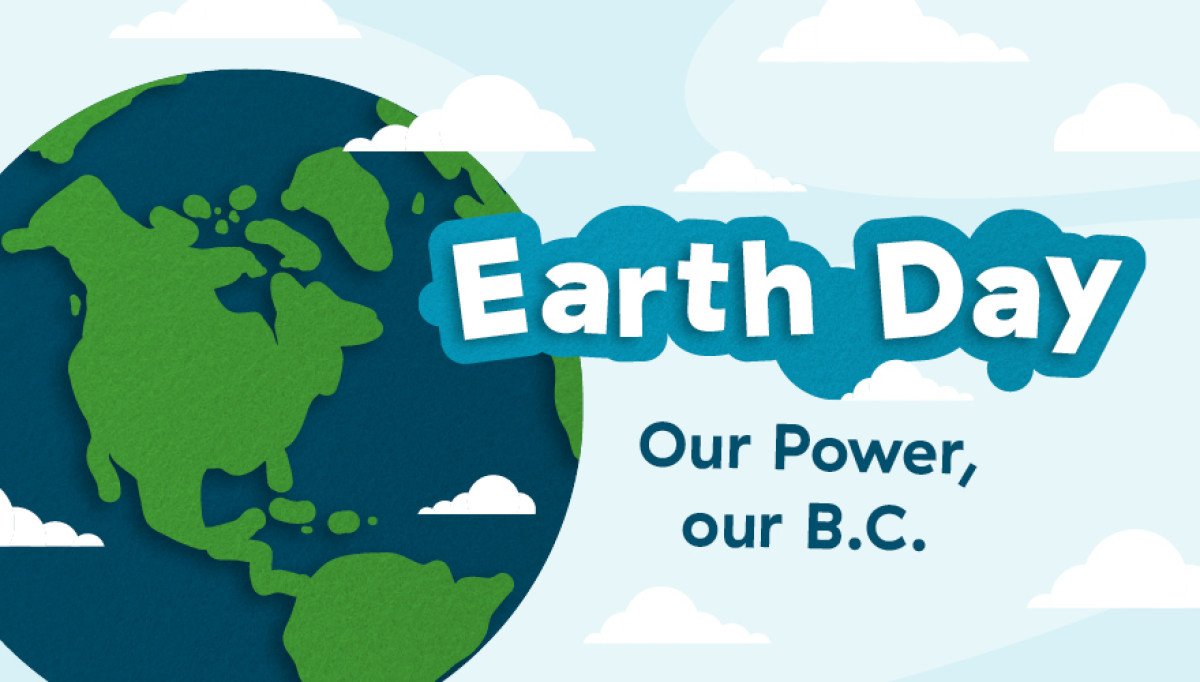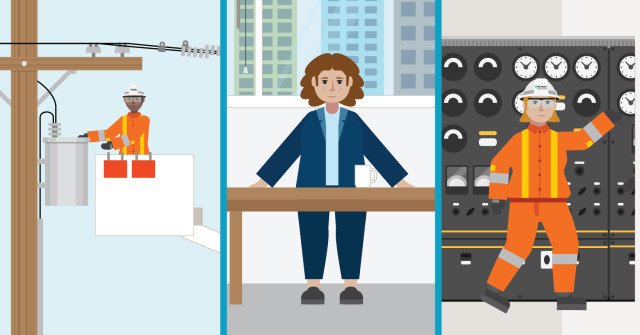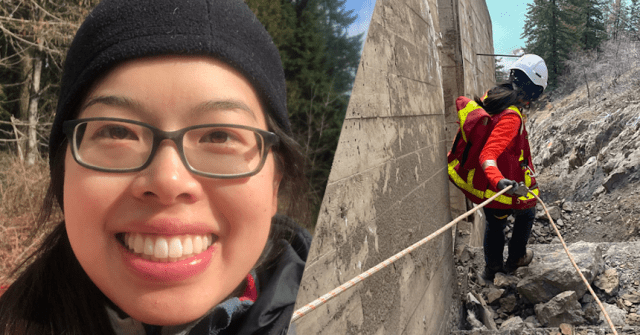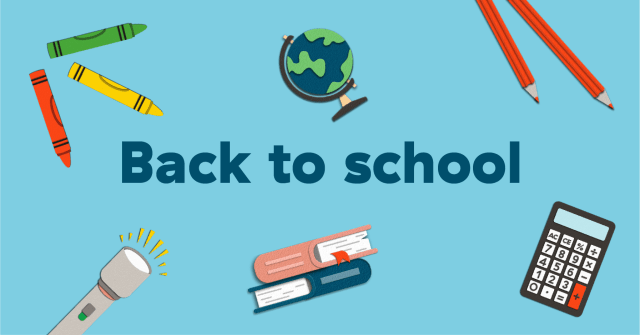On April 22, the world will celebrate the 55th annual Earth Day. It’s a reminder to put our planet and its ecosystems in the forefront of our minds, especially now that we are greatly impacting the temperatures, climates, and species we take for granted.
This Earth Day may be the most meaningful yet. It might not feel as optimistic as it did in the past, because by now we’ve begun to see the effects of climate change and we know how hard it is to change our reliance on polluting practices. At the same time, clean energy and efficiency are more widespread than ever before. And the past few years have taught us that we are able to change and adapt very quickly, although it often takes a major catalyst.
Teachers have one of the most important roles in Earth’s future, because the K-12 students of today will be making the decisions, purchases, and communities of tomorrow. We want to offer some helpful inspirations and recommend the best activities from our site to bring Earth Day and environmental discussions into the classroom.
In this post we’ll discuss:
- Focusing on Power for Earth day
- Discussions for younger students
- Activities for younger students
- Creating spaces for older students
- Activities for older students
- The Our Power, Our B.C. challenge
- Other websites to visit
Power is a priority
This year’s Earth Day theme as declared by EarthDay.org is Our Power, Our Planet. It’s no surprise that we find this theme fitting, because BC Hydro is ranked one of the most innovative hydropower companies by NES Fircroft among others, and clean energy is our best tool for reducing carbon emissions around the world. We encourage focusing on energy when discussing Earth Day this year.
In B.C., we take pride in using hydroelectricity for most of our energy needs, and we are the perfect place to focus on electrification—powering daily needs and industries with clean electricity. We also have a responsibility to lead the way as an example for the future. Although conservation and efficiency are still important, future generations will work to expand clean energy capacity and diversify renewable energy. Site C was a major project with many impact considerations to make, yet even with that completed we will need to think about the next major additions to B.C.’s power grid, be it hydroelectricity or something else.
Students of all ages can learn that we have lots of clean energy powered by water in B.C. and think about where they want power to come from in the future.
Talking power and Earth Day with younger students
Energy generation, climate change, and hydroelectricity are big topics for kids to tackle, but thinking big starts with small sparks. Questions and conversations can inspire curiosity about the modern world, and memorable activities including fun crafts can build an understanding about how energy works. It’s important to build empathy for the world around us, and it helps to connect concepts to your students’ family, homes, pets, and other things they care about already.
Here are some conversation starters to consider:
- Where does your electricity come from? This basic question can activate the imagination, and you may be surprised how much your students already know. For most of B.C. their power comes from hydroelectricity, although some regions use other sources. Talk about some of the biggest sources like hydropower, gas, and solar.
- How do hydroelectric dams impact the environment? Every form of energy generation has an impact. Hydro dams change their local environment and impact waterways; it’s important to design them so that fish can swim safely through the river, and to consider what’s around the dam before creating a reservoir.
- Why do we have Earth Day? Earth day is a yearly reminder that our ecosystems need to be protected, and that they are still under threat—now more than ever. Each year is also a chance to spotlight a different aspect of conservation and change. But these conversations are important all year, so challenge your students to continue thinking about these topics beyond Earth Day.
These conversations can be daunting, but remember that you don’t need to have all the information or answers yourself. Lean on all the resources available to you, and focus on promoting curiosity in your students.
Units to explore with younger grades
Our units are sets of three or more activities to unpack big topics through small, easy, and fun activities for the classroom to engage in. Here are units worth unpacking for Earth Day:
This unit helps very young students to explore the difference between natural and human-made structures, how waters turns into electricity, and how we build dams to harness energy.
Our latest unit explores the importance of the natural water cycle through discussing drought, energy generation, and how we can reduce water and electricity usage during warmer months.
This unit helps intermediate students to better understand two of the biggest global influences for change: The United Nations and the Paris Agreement.
Creating spaces for conversation and action with older students
Students in middle and high school can learn about energy, climate, and conservation in more detail, but the downside is that they may feel bogged down by the challenges we face with climate change and the difficulty of making change on a large scale.
At this level, it’s important to not only teach the facts and mechanics behind energy and other systems but to show how all of us have agency over our lives and our communities. Each student should have a chance to express their thoughts, hopes, and anxieties about the future. They then need to learn what avenues there are to channel those thoughts.
When possible, teachers may be able to facilitate action by students, whether that’s creating space for a conservation club, helping students put together letters to their representatives, or planning out more ambitious projects. No one can do it all, but everyone should feel they can do something.
Units to explore with intermediate and secondary students
These units feature multiple activities which engage intermediate and secondary students with power and climate.
Challenging car-centric habits, this unit encourages students to think about alternative ways to commute to school, discusses how an EV works, and then gives students the tools to do road trip planning for an EV.
This unit gives intermediate students a chance to start thinking more concretely about the places that matter to them and actions they can take now to make a difference: Planning a greener commute to work and creating posters for climate action.
Our newest unit for high school grades explores the unsung scientific innovations of women in history, including Eunice Foote who established the Greenhouse Effect which is fundamental to our study of climate change. The final activity explores careers in STEM, encouraging all students to pursue their passions for the sciences in a future where we’ll need great innovation and leadership in this area.
Students explore ecosystem goods, the products we derive from ecosystems, and how human activity impacts the future of them. This includes a look at the importance of rivers in our lives, especially in B.C.
Our Power, Our B.C. challenge
At the start of the month, we opened sign-ups for the Our Power, Our B.C. challenge, which features a set of activities that culminates in students collaborating on a map of what their future B.C. looks like based on what matters most to them. We had 129 sign-ups from teachers ready to engage the challenge with their class.
The challenge included four activities, and classes will submit updates at every step. We will be posting progress updates right here on the Power Up Blog, so we encourage you to check it out in the coming weeks. Even if your class isn’t participating with the kit, we hope that it will inspire you and spark ideas for your own classrooms.
Soft launching our Careers Hub
You may have noticed a new link in our site navigation called Career Connections. This new page we’ve launched contains information for students contemplating a future career at BC Hydro and lots of first-hand information from BC Hydro employees about their career paths and their role in the company.
The goal of this new page is to inspire students to connect their skills and passions with jobs that they can one day pursue. This includes showing students who are interested in shaping our future province or developing sustainable energy that there are roles which connect to these values.
We are still building content in this page, but we welcome you to have a look and share it with students. We also welcome feedback to schools@bchydro.com, about this or any other content on our site.






